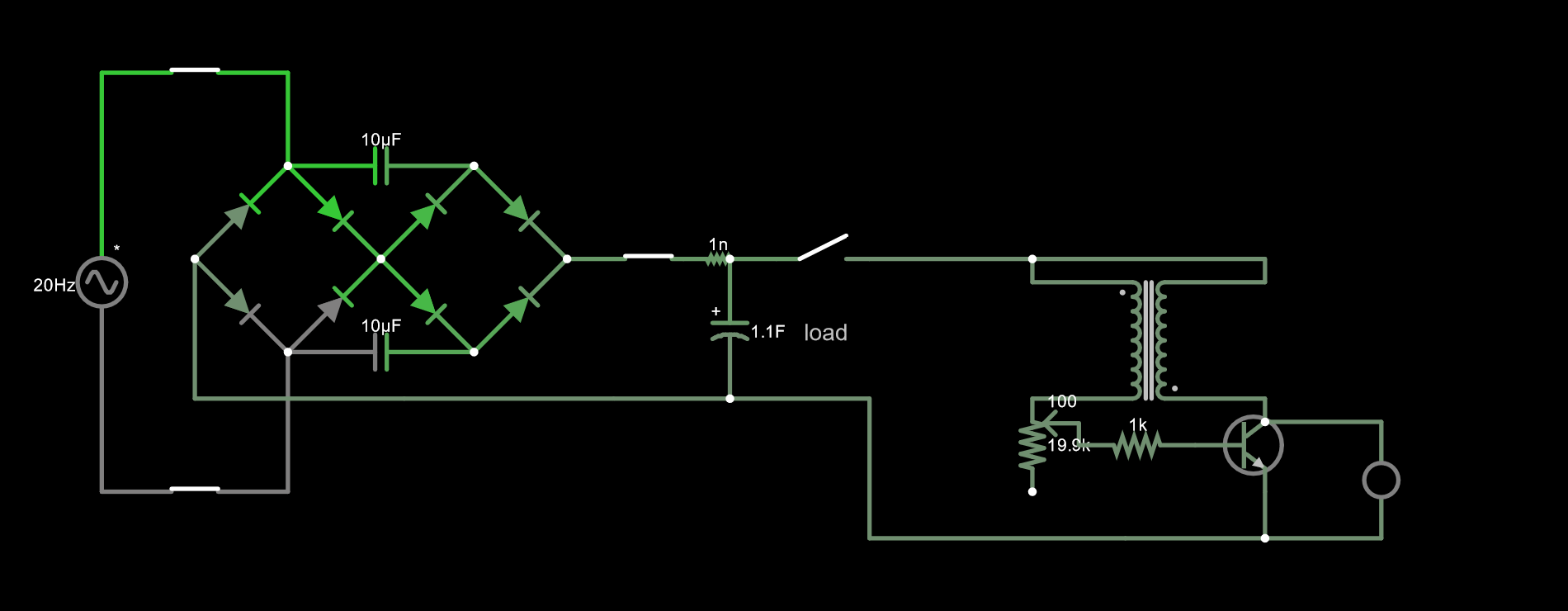Did a little research and found out that their is a simple way to create a voltage doubler circuit by adding an additional full bridge rectifier and a couple ceramic capacitors..
Whipped the whole thing up in the best known JS Falstad circuit simulator along with the joule thief and tested it and it seemed to do what I wanted.
Ordered some 10uF ceramic caps to test.
 Chris Jones
Chris Jones
Discussions
Become a Hackaday.io Member
Create an account to leave a comment. Already have an account? Log In.
I am not sure this doubler is really efficient with such a low voltage at its input.
1. If you consider the voltage drop of the diodes even if they are low Vf ones you see that there are large voltage losses in the doubler.
2. the magnet/coil combination generate a certain amount of power. When doubling the voltage the same amount of power is generated so you lower the current. It is only beneficial if there is little voltage loss during conversion.
3. Joule thieves work quite well at low voltage s
There are circuits that are doing this with better than 70% efficiency for voltage lower than 1V and a very small footprint.
Look for example https://www.analog.com/en/products/adp5090.html#product-overview
Are you sure? yes | no
Good call, agreed there is some loss, and sure there are more efficient circuits. Thanks for the link, I will have to check that out.
Are you sure? yes | no